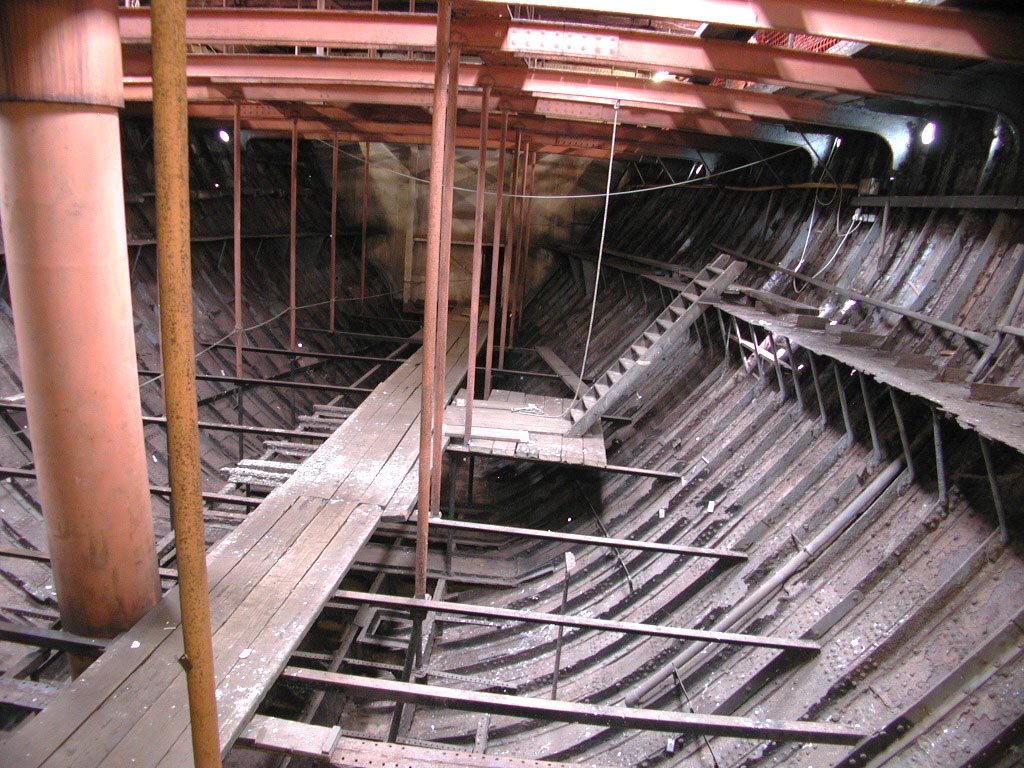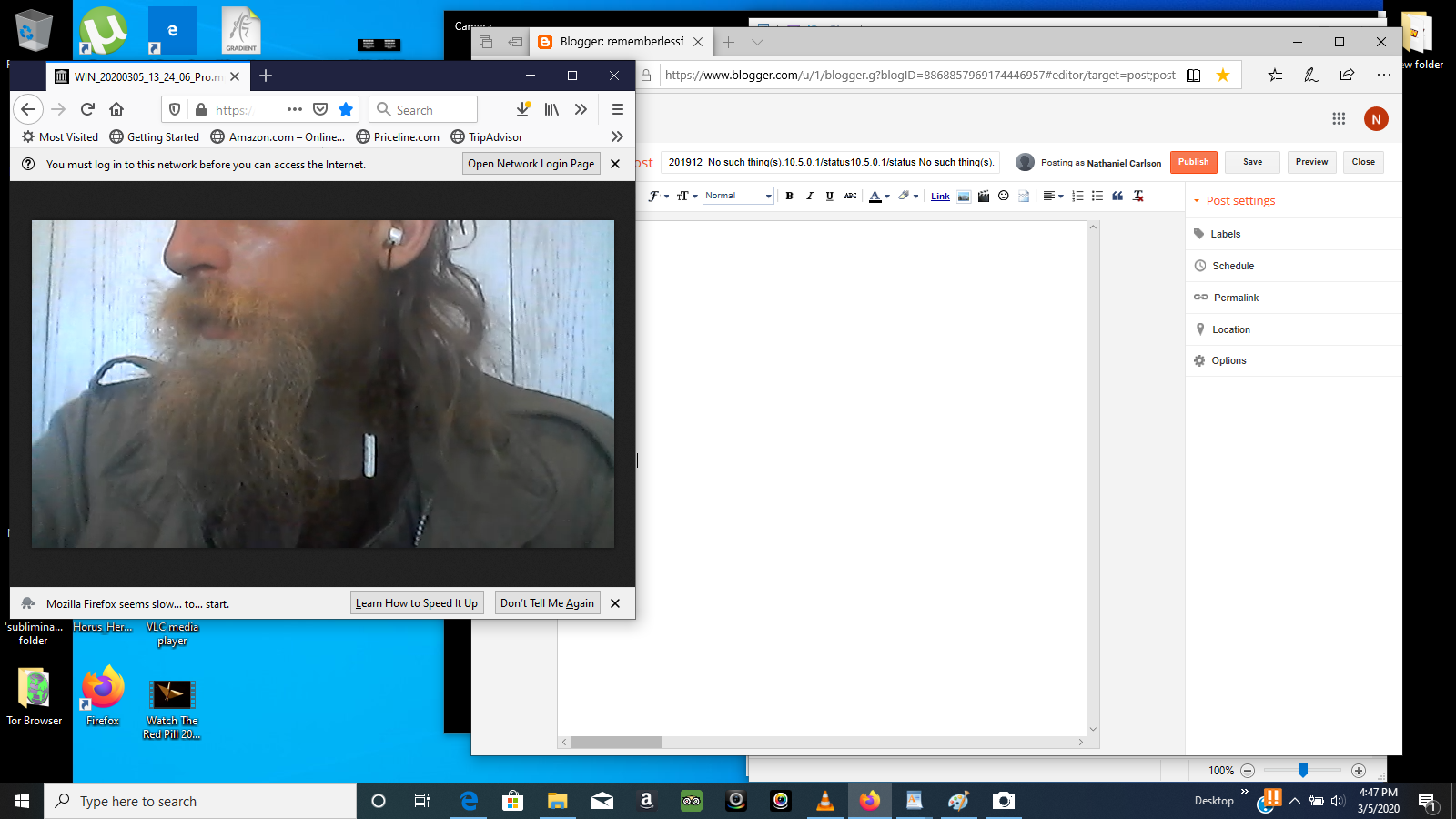

Attempts to retake the Levant from the muslim states that occupied it made the High Middle Ages the age of The Crusades, while the political system of feudalism came to its height. The Viking Age saw a second great migration of Norse peoples. The first great empire of the Middle Ages was the Frankish Empire of Charlemagne, while the Islamic conquest of Iberia established Al-Andalus. At the same time, the Early Slavs began to become established as a distinct group in the northeastern parts of Europe. While the Eastern Roman Empire would persist for another 1000 years, the former lands of the Western Empire would be fragmented into a number of different states. The Fall of the Western Roman Empire in AD 476 traditionally marks the start of the Middle Ages.


As these migratory people settled down and formed state societies of their own, this marked the transition period out of the classical era. The Migration Period of the Germanic people began in the late 4th century AD and made gradual incursions into various parts of the Roman Empire. Later, the Roman Empire came to dominate the entire Mediterranean basin. Some of the earliest examples of literature, history, and philosophy come from the writings of the ancient Greeks, such as Homer, Herodotus, and Plato. The period known as classical antiquity began with the emergence of the city-states of ancient Greece. The later Neolithic period saw the introduction of early metallurgy and the use of copper-based tools and weapons, and the building of megalithic structures, as exemplified by Stonehenge. Settled agriculture marked the Neolithic Era, which spread slowly across Europe from southeast to the north and west. During the Indo-European migrations, Europe saw migrations from the east and southeast. People from this period left behind numerous artifacts, including works of art, burial sites, and tools, allowing some reconstruction of their society. The first early European modern humans appear in the fossil record about 48,000 years ago, during the Paleolithic Era. The history of Europe is traditionally divided into four time periods: prehistoric Europe (prior to about 800 BC), classical antiquity (800 BC to AD 500), the Middle Ages (AD 500 to AD 1500), and the modern era (since AD 1500). Europe depicted by Antwerp cartographer Abraham Ortelius in 1595


 0 kommentar(er)
0 kommentar(er)
